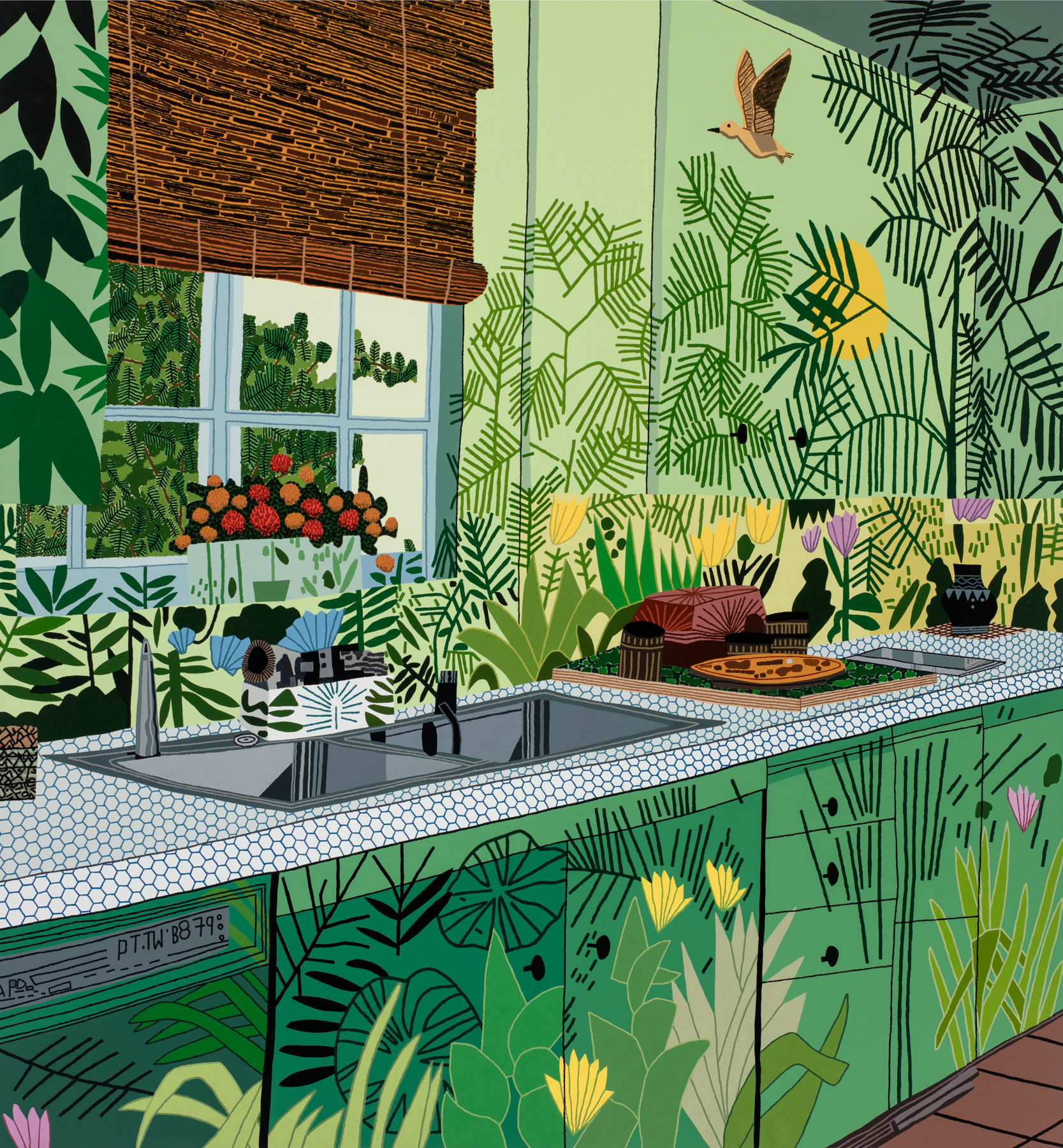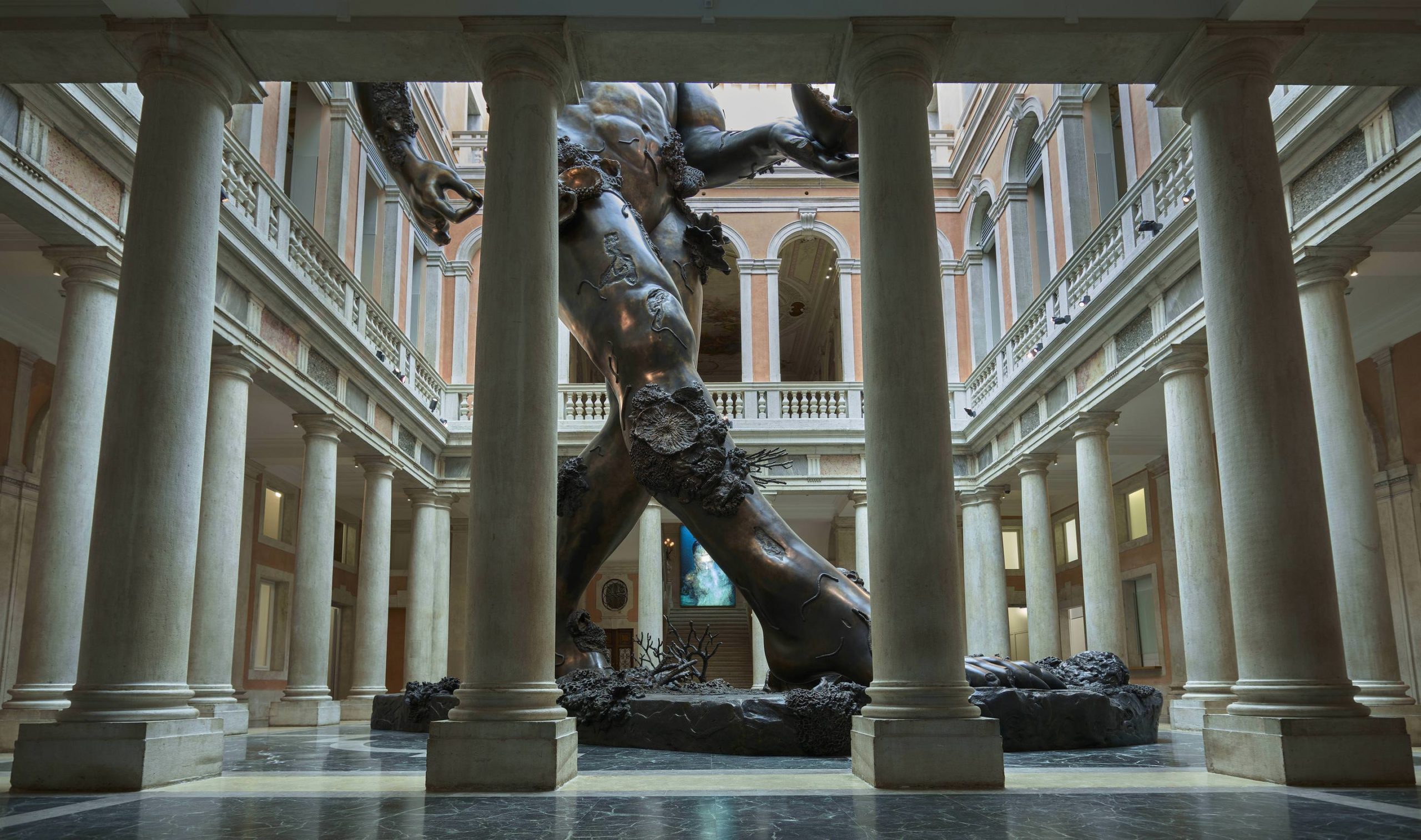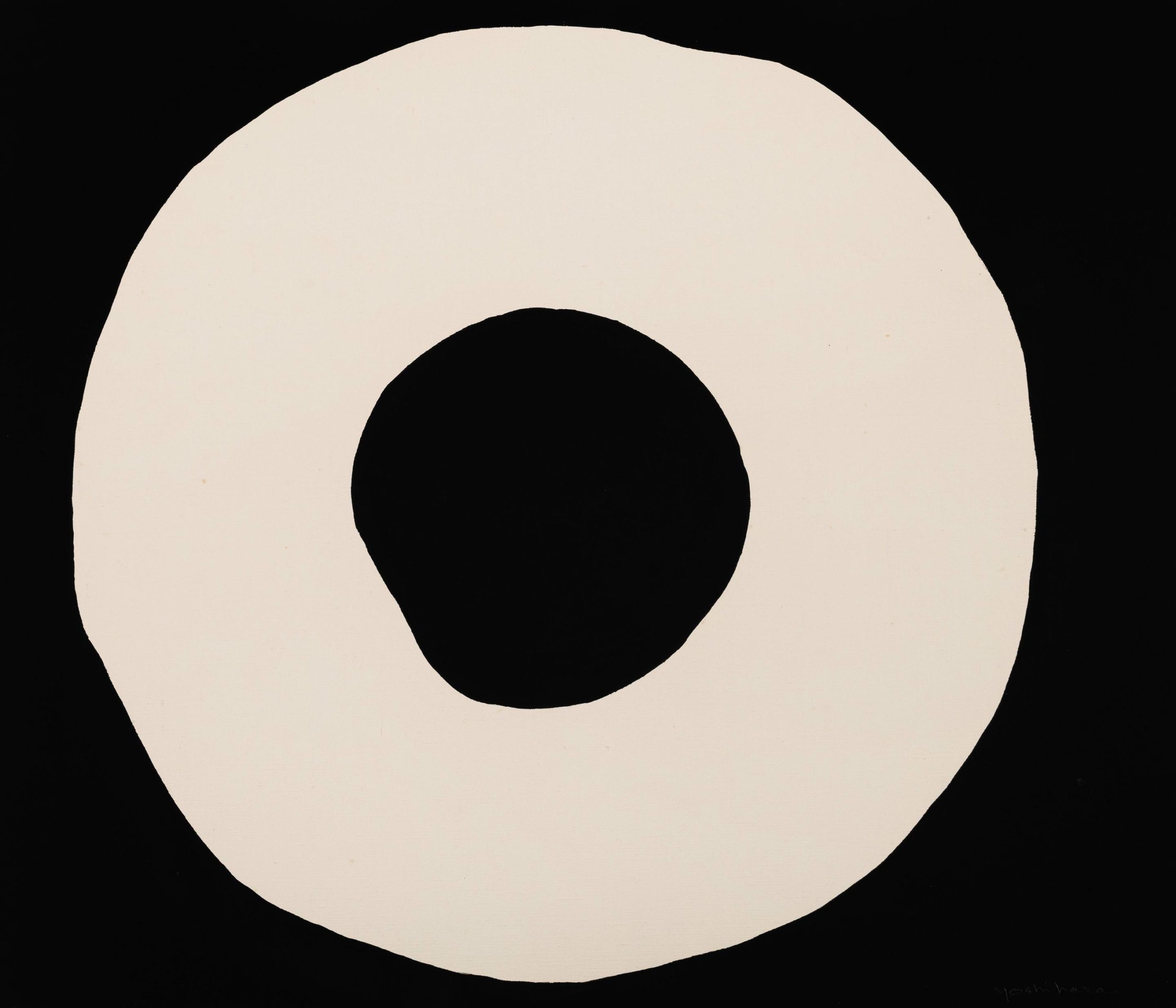Currently on view at the Dallas Museum of Art is the first major solo exhibition of work by Jonas Wood. The Los Angeles–based artist captures quotidian life, working from personal photographs, capturing landscapes, family, and the interior life.
On view through July 14 are 35 paintings made over the past five years. Whitewaller spoke with Anna Katherine Brodbeck, the Nancy and Tim Hanley Associate Curator of Contemporary Art at the Dallas Museum of Art, to learn more about the show.
WHITEWALLER: How did you begin the process with Jonas Wood of selecting works to include in the exhibition, which includes around 35 works made over more than a decade?
ANNA KATHERINE BRODBECK: I became interested in how Jonas often thought of his
works in terms of the traditional categories of still life, landscape, and portraiture; the museum now has representative works from all three genres. We selected works from these genres that were exemplary, and from those selections themes started to emerge that helped us make further selections.
WW: How will the show be laid out. Is it chronologically?
AKB: The show will not be arranged chronologically, but, rather, by genre, with a special attention paid to the evolution of the show’s major theme.
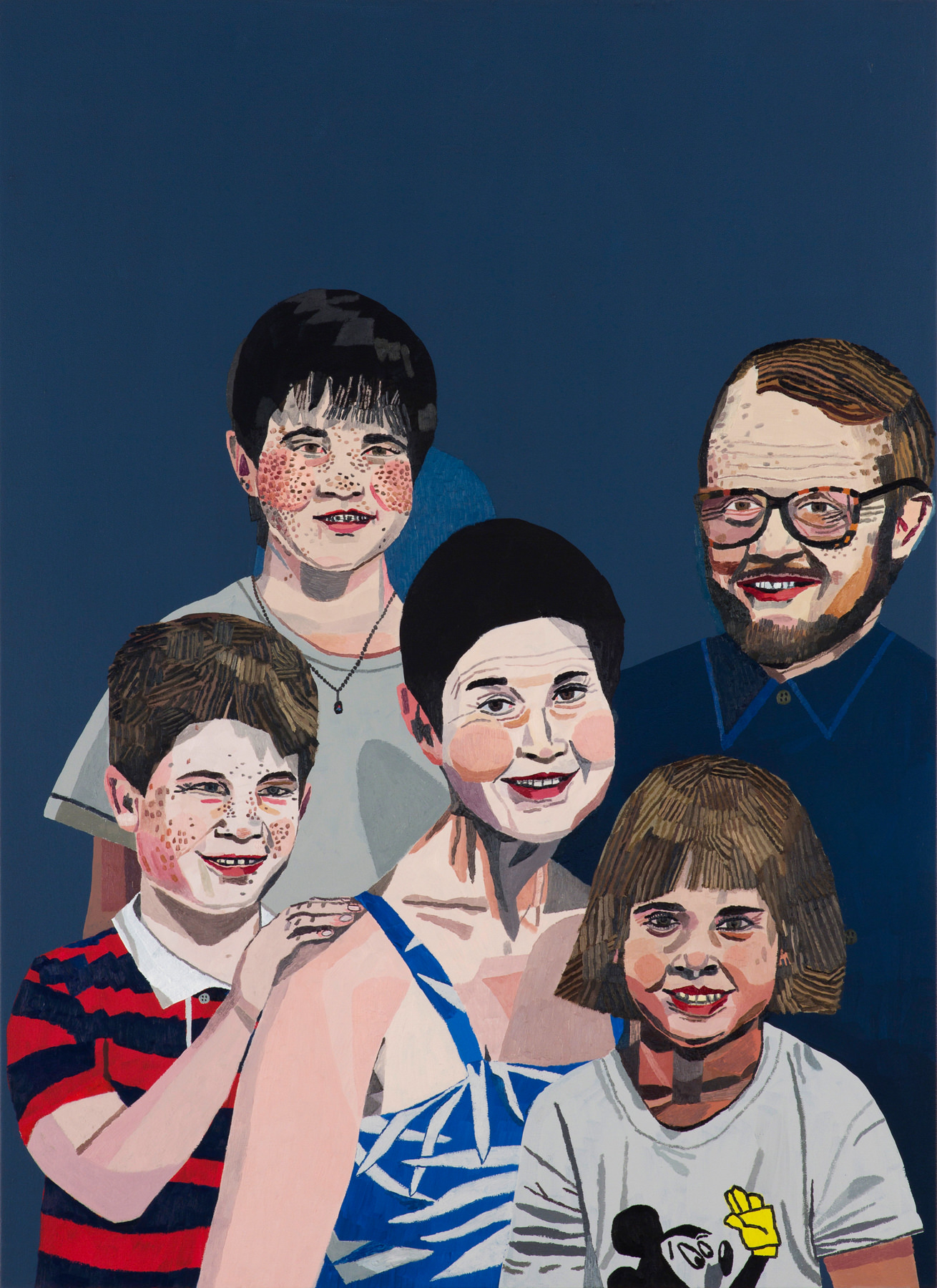
Jonas Wood, “Sears Family Portrait,” 2011, oil and acrylic on linen, 44 x 32 in.; Photo by Thomas Müller, Private collection, courtesy of the artist and Anton Kern Gallery, New York.
Jonas Wood Uses His Own Biography as Source Material
WW: Is there an evolution in theme, subject matter, or technique that’s apparent in the show?
AKB: The theme that emerged through taking a deep dive into Wood’s practice is how he uses his own biography as source material to tell stories of universal relevance, and how self-presentation is tied to larger themes found in art history and, more broadly, in visual culture, that have found new urgency in the digital era.
WW: Can you tell us about how the artist is drawn toward certain subject matter, like interiors, loved ones, and landscapes?
AKB: Jonas is a painter of quotidian life, much like the modern and Pop artists, like Henri Matisse and David Hockney, whose work he reveres. However, it is how he uses that subject matter allegorically to explore larger issues that I find most compelling.
WW: What about his painting, do you think, exudes that sense of familiarity?
AKB: Jonas often works from found and family photographs, which serve a function that is almost bound to be nostalgic. You can just sense the personal connection to the subject matter. Yet Wood creates preparatory collages out of these photographs— cutting and pasting them into new configurations, combining moments from distinct temporalities—and that act of manipulation by the artist is crucial. What looks like fact might actually be fiction, and that resonates with the digital age as well.
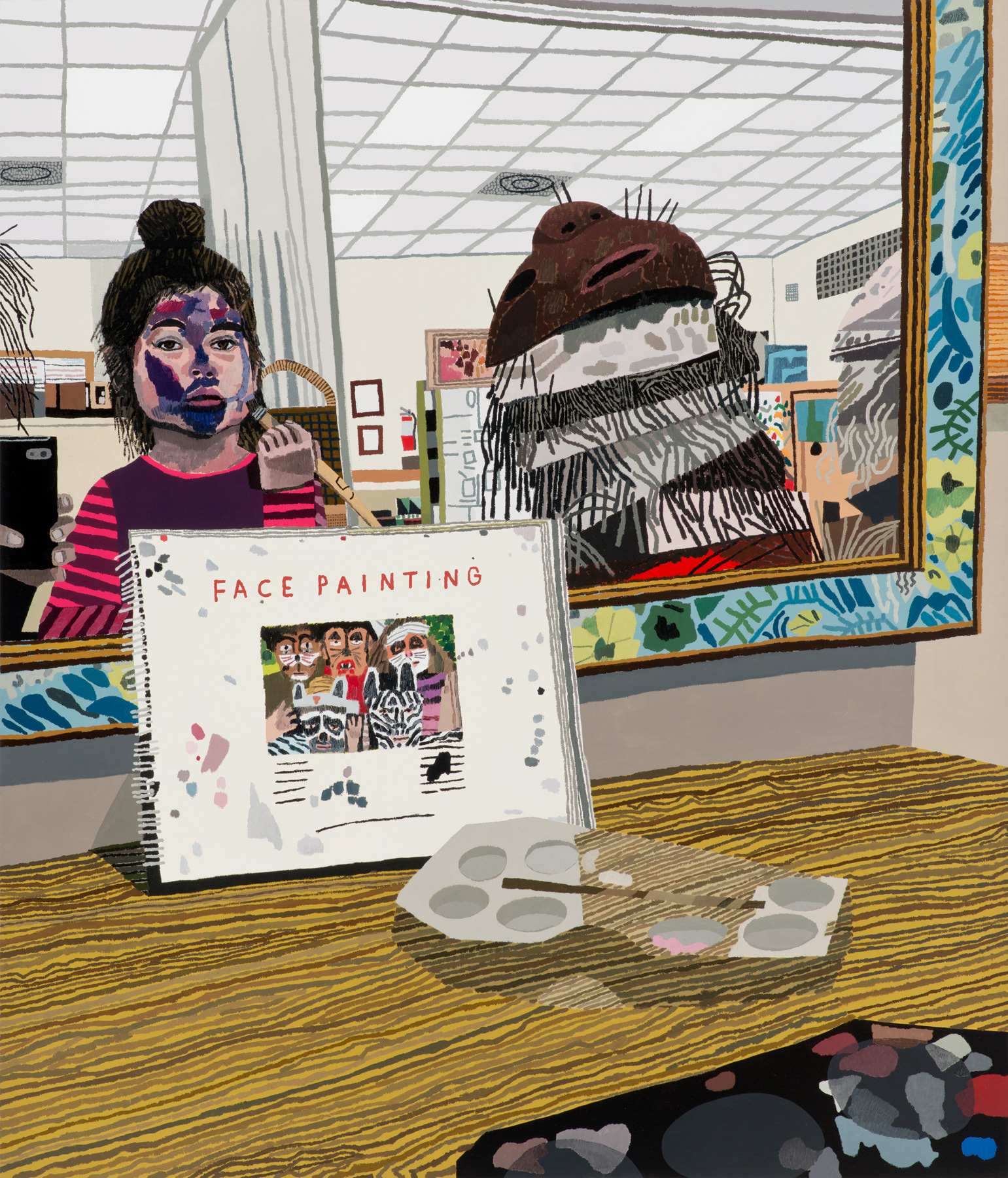
Jonas Wood, “Face Painting,” 2014, oil and acrylic on linen, 52 x 44 1/2 in., collection of Martin and Rebecca Eisenberg; Photo by Brian Forrest, Courtesy of the artist and David Kordansky Gallery, Los Angeles.
Early and Recent Works Unite with Profound Themes
WW: What is the earliest work on view?
AKB: The earliest work in the show is a portrait of Philip Guston, based on a photograph that was published in a retrospective of the artist’s work at the Fort Worth Modern. If you google “Guston,” it is the first image that comes up, demonstrating how the digital circulation of images has had a profound impact on our internal image banks.
WW: Will there be any new work included in the show, or pieces that haven’t been widely shown?
AKB: Many works from the exhibition come from the past year. And his Tennis Ball wallpaper is reconfigured each time it is shown, making it a new work of art each time it is installed. However, I am most excited to include rarely seen early works, like The Still Life from 2007, which is exemplary of some of the darker themes implicit in Jonas’s work that are seldom discussed, such as the passage of time and an awareness of our own mortality.



